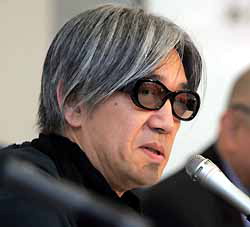 At a press conference held in Tokyo on March 23, composer Ryuichi Sakamoto made a public appeal to the government to exempt all secondhand electrical goods from the Electrical Appliance and Material Safety Law (a.k.a. PSE Law, or DENAN). The law, which is set to take effect April 1, will prohibit businesses from selling electrical goods that do not bear the PSE mark (that signifies compliance with the law?s safety standards). In other words, before putting products up for sale, dealers will be forced to file paperwork and perform tests (such as 1,000 volts for one minute) on each and every pre-2002 electrical product in order to obtain a PSE mark. Though the government recently revised the law so that it does not apply to certain "vintage" electric instruments with high scarcity value, Sakamoto called upon the government to expand the exemption to all secondhand electrical goods.
At a press conference held in Tokyo on March 23, composer Ryuichi Sakamoto made a public appeal to the government to exempt all secondhand electrical goods from the Electrical Appliance and Material Safety Law (a.k.a. PSE Law, or DENAN). The law, which is set to take effect April 1, will prohibit businesses from selling electrical goods that do not bear the PSE mark (that signifies compliance with the law?s safety standards). In other words, before putting products up for sale, dealers will be forced to file paperwork and perform tests (such as 1,000 volts for one minute) on each and every pre-2002 electrical product in order to obtain a PSE mark. Though the government recently revised the law so that it does not apply to certain "vintage" electric instruments with high scarcity value, Sakamoto called upon the government to expand the exemption to all secondhand electrical goods.
?It is not up to the bureaucrats to determine what is ?vintage? and what is not," said Sakamoto, who was joined at the press conference by several other musicians, including composer/performer Hideki Togi and producer Kenzo Saeki. "The things we use should not be a matter for the government bureaucracy to decide. They think that we musicians will shut up because vintage instruments are no longer subject to the law, but I?d like to see everyone get behind those who make a living in the recycled goods business.?
Sakamoto was scheduled to deliver a formal written demand, in the form of a petition, to the Minister of Economy, Trade, and Industry after the press conference. The petition includes the signatures of about 50 musicians, including Tetsuya Komuro and Misayoshi Yamazaki, as well as 8 music organizations.
[Sources: Mainichi Shimbun, Kyodo]


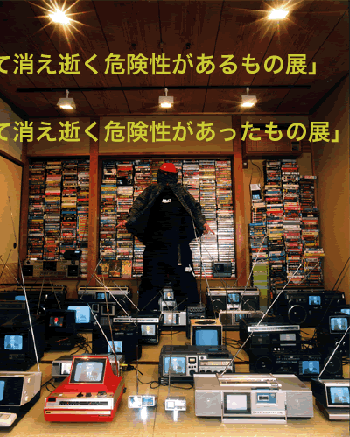

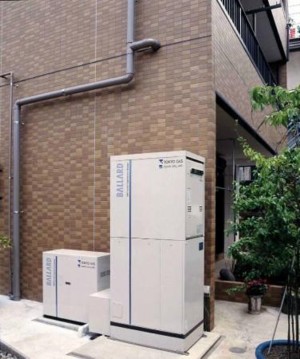

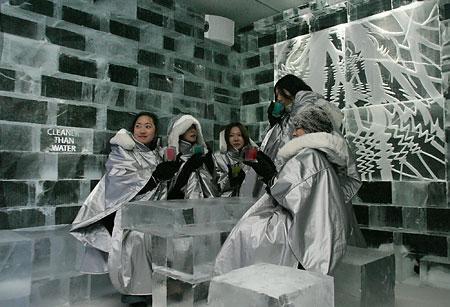
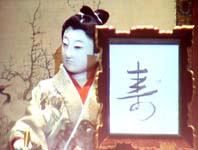 The "calligraphy writing doll" resembles a young man holding a brush in his right hand. With a series of movements fully controlled by precise automatic mechanisms, the young man dips his brush into ink and draws the kanji character for kotobuki ("blessing" or "longevity") on a sheet of paper in front of him. When finished, he seems to display a look of satisfaction to his onlookers.
The "calligraphy writing doll" resembles a young man holding a brush in his right hand. With a series of movements fully controlled by precise automatic mechanisms, the young man dips his brush into ink and draws the kanji character for kotobuki ("blessing" or "longevity") on a sheet of paper in front of him. When finished, he seems to display a look of satisfaction to his onlookers.